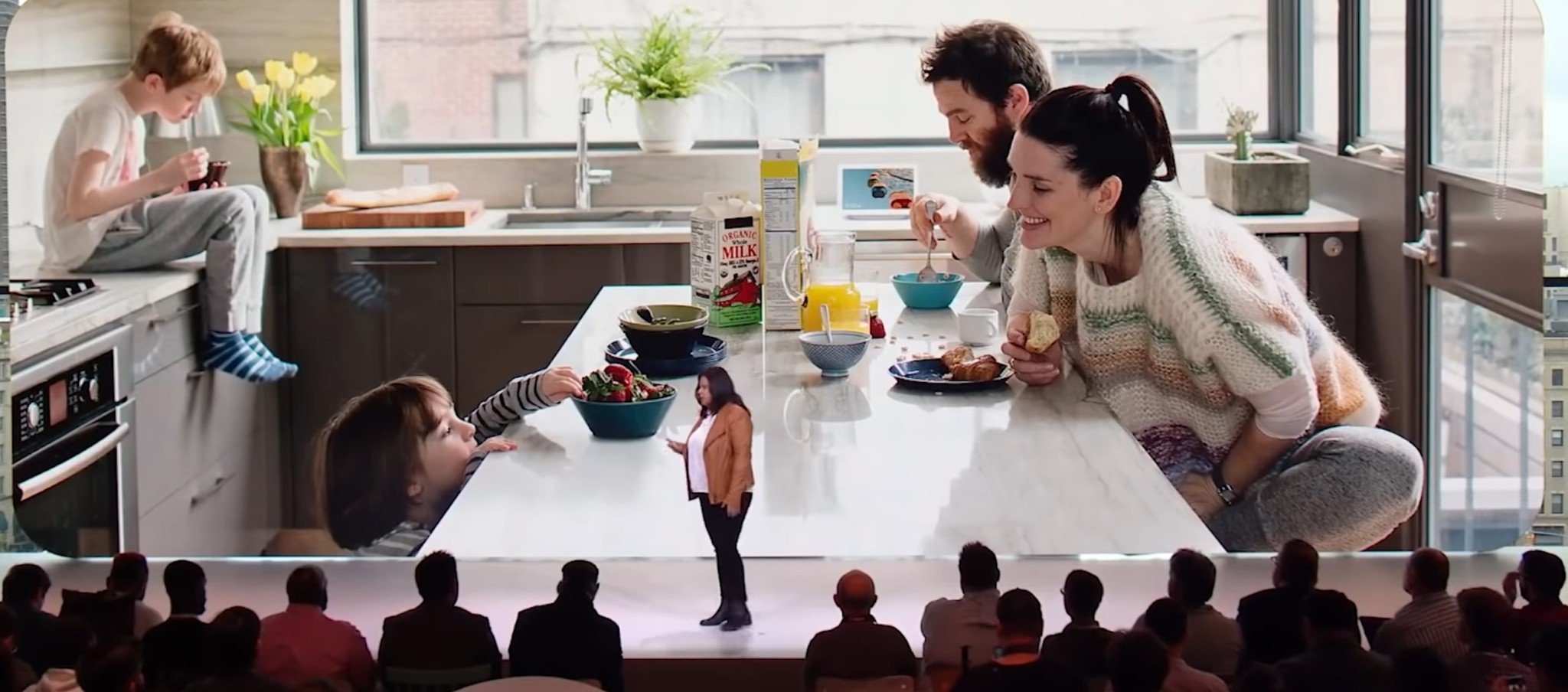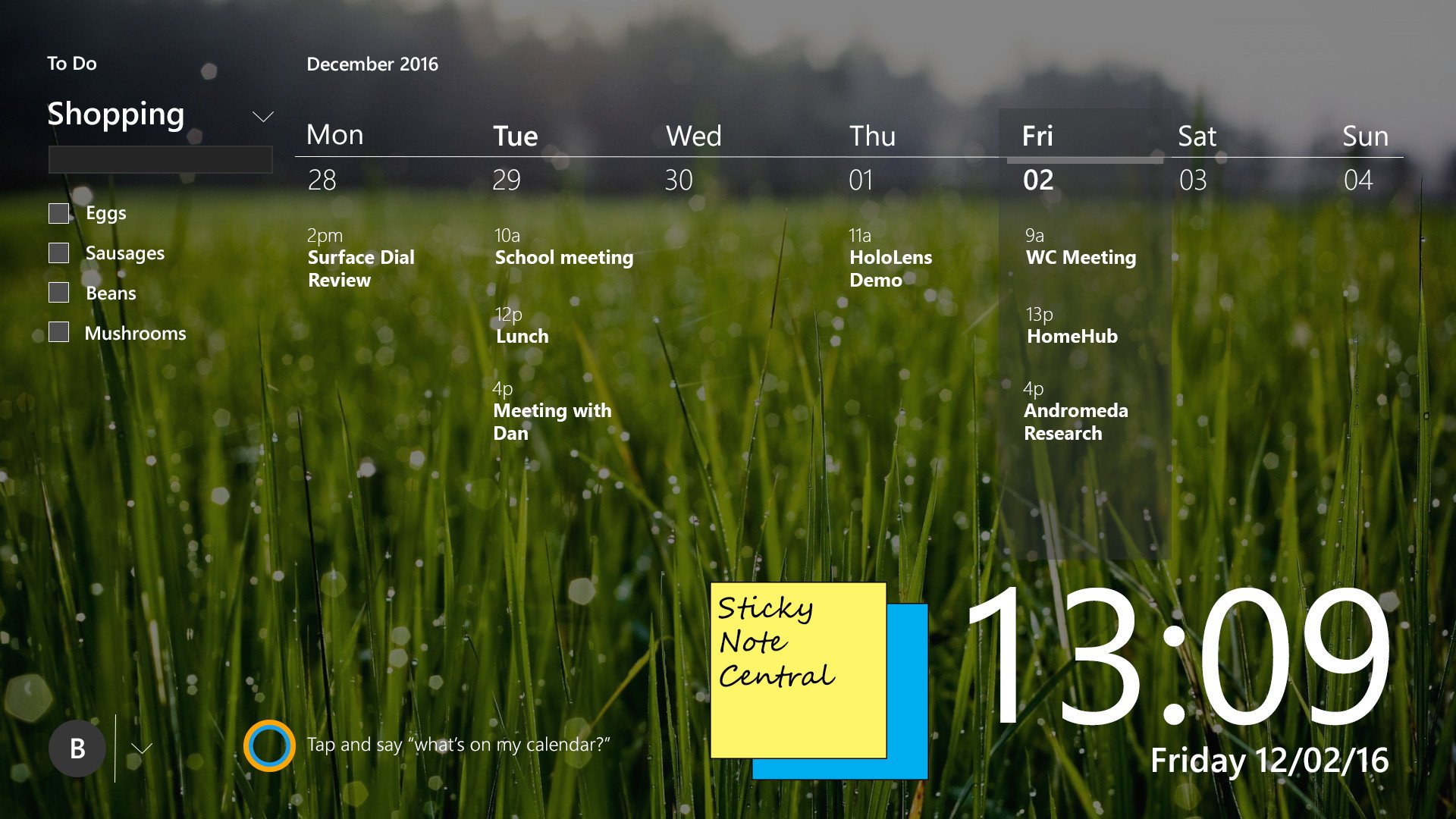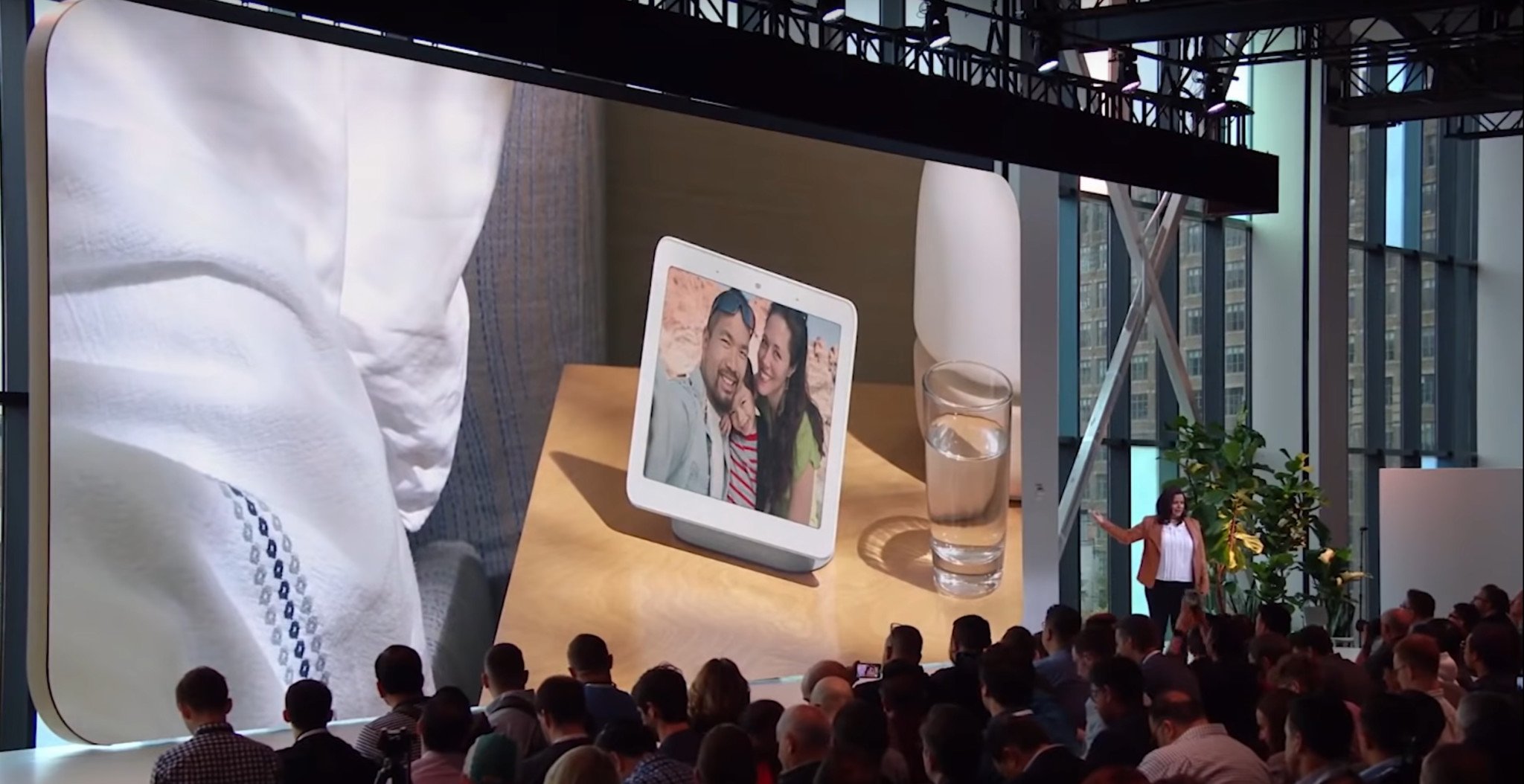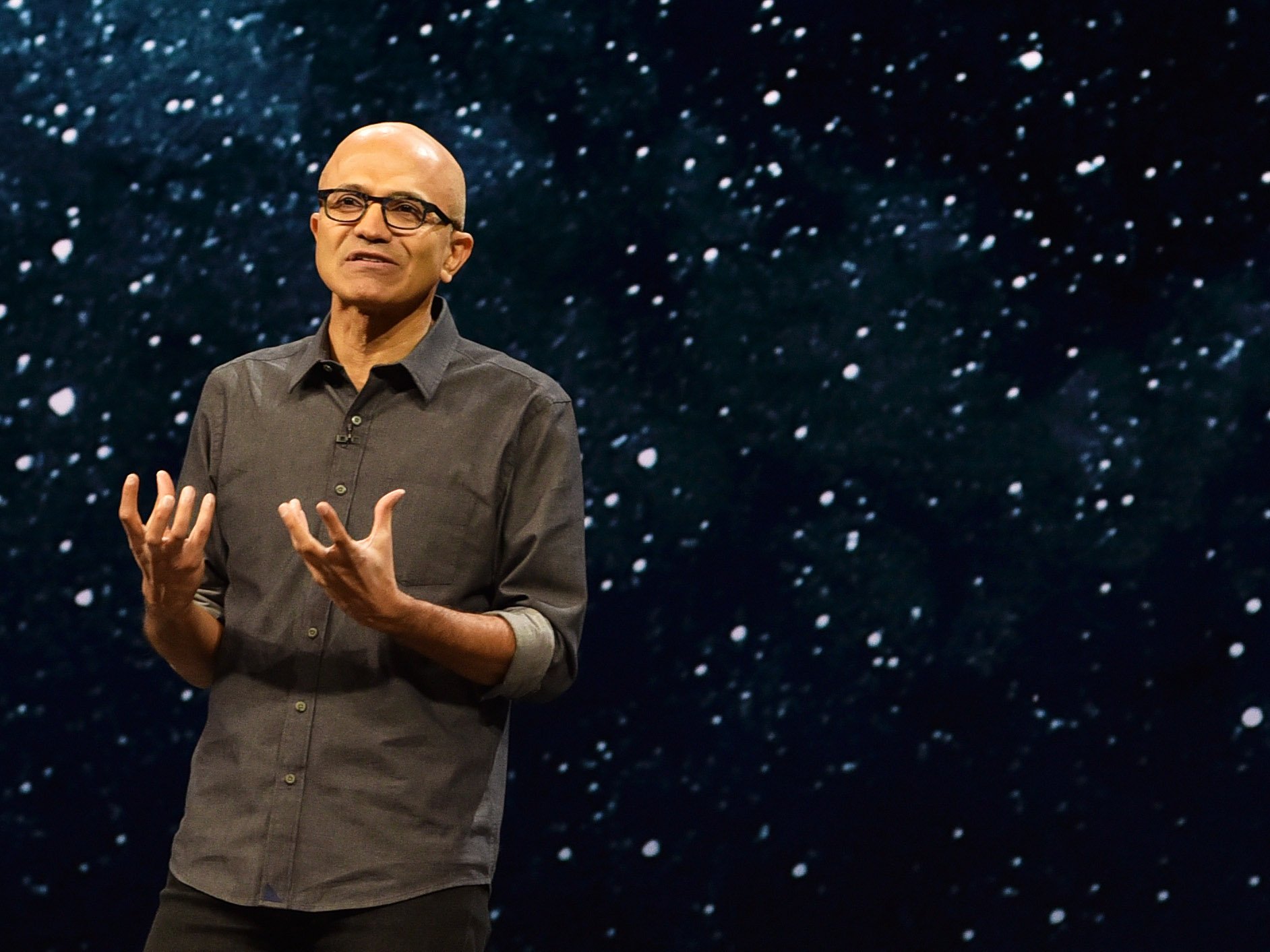Google's Home Hub smart display spotlights another Microsoft failure
Google's Home Hub joins Amazon's Echo Show in an ambient-computing, smart-display space in which Microsoft is conspicuously absent.

Amazon pioneered the progression of voice-controlled ambient computing with its Alexa-powered smart speakers. The Google Assistant-powered Google Home and Apple's Siri-powered HomePod eventually followed. In 2017, Amazon upped the ante with its Amazon Echo Show smart display. The Echo Show brought the ability to display interactive content to the smart speaker battle.
Microsoft was notably absent from this space until the embarrassingly-neglected Cortana-powered Invoke Harman Kardon smart speaker hit store shelves. With little marketing and an assistant with limited skills, mindshare and geographic reach, Microsoft's initially-$200-priced speakers remained unnoticed by consumers. A recent Invoke price cut and Microsoft's repositioning of Cortana as a business-focused assistive agent may signal Microsoft has little intention of recommitting to the consumer-focused ambient computing space.
This would conflict with the company's professed commitment to the professional and personal user across work and play. In a nutshell, Microsoft's recently revisited commitment to users across their professional and personal lives demands Microsoft ensures Cortana-powered ambient computing is available to users at home just as it is at work. Two years ago, Microsoft revealed a Home Hub plan to turn hundreds of millions of Windows 10 PCs into Cortana-powered smart speakers with screens. Microsoft's plan was great, but the execution poor, and competitors like Google introduced products that are everything Microsoft's should have been.
Related: How Amazon and Alexa are crushing Microsoft's Home Hub dreams
Microsoft's Home Hub, a dream deferred


In 2016, we saw Microsoft's vision for smart displays. Unlike rivals, Microsoft wouldn't have to build dedicated smart speakers, try to create a market, and then develop distribution channels to get them to consumers. With a home and business PC install base of more than one billion and a growing Windows 10 presence, Microsoft planned to use software to turn existing Windows 10 PCs into Cortana-powered smart speakers. Microsoft's OEM partners were also expected to create dedicated intelligent displays to complement this strategy.
Microsoft's Home Hub was going to provide families with communal access to calendars, apps, and Sticky Notes via a Welcome Screen on a shared PC. Windows Hello would also recognize users and keep individual data private.
Home Hub was supposed to connect Windows 10 PCs to various smart home devices allowing users to control them via Cortana. Sadly, with the failure of Windows on phone, Microsoft's consumer-facing commitment to Cortana has further waned. With a two-year virtual silence on Home Hub and an apparent lack of interest in making Cortana relevant to consumers, Microsoft's Home Hub dreams seem destined to remain unrealized.
Get the Windows Central Newsletter
All the latest news, reviews, and guides for Windows and Xbox diehards.
Google Home Hub, a dream realized
During its 2018 "Made by Google" event, Google announced its seven-inch Assistant-powered smart display, Google Home Hub. This diminutive device is three inches smaller than Amazon's latest 10-inch Alexa-powered Echo Show and is bedroom-safe due to the intentional omission of a camera.
The $149 device is more affordable than the $230 Alexa Show. Reports also claim that Google's superior speech recognition supports more natural language and has fewer mistakes than the Echo Show. Still, Alexa's 50,000 skills and the Echo's compatibility with thousands of smart home devices beat Google Home Hub.
Still, even in its shortcomings, Google Home Hub brings the reality of hands-free, voice navigated computing with a display to users in a way Microsoft has not. And though the Lenovo Smart Display and the JBL Link View brought Assistant-powered smart displays to market earlier, Google Home does so in a sleeker package.
Microsoft, the dreamer

Google Home Hub is equipped with far-field microphones, stereo speakers and a seven-inch LCD touch display. From browsing YouTube videos to following recipes and invoking music services, Google's Home Hub will begin impacting consumer behavior in a very real way.
Home Hub features Wi-Fi and Bluetooth which allows users to cast their phone content to the device. It also acts as a digital picture frame for users' cloud-based photos when not in use. As "everyone's personal Google," Assistant on Home Hub will continue answering questions effectively as Google leverages its progress in organizing the world's information. Home Hub also connects to smart home gadgets and provides a Home View Dashboard of the entire state of a smart home. No longer will users have to access separate apps to control connected devices.
As Google brings all of this and more to users on its first-gen smart display, Microsoft's Home Hub dreams may remain an unknown concept and yet another frustrating miss Microsoft watchers can add to Redmond's pile of what could have been.
Jason L Ward is a columnist at Windows Central. He provides unique big picture analysis of the complex world of Microsoft. Jason takes the small clues and gives you an insightful big picture perspective through storytelling that you won't find *anywhere* else. Seriously, this dude thinks outside the box. Follow him on Twitter at @JLTechWord. He's doing the "write" thing!

